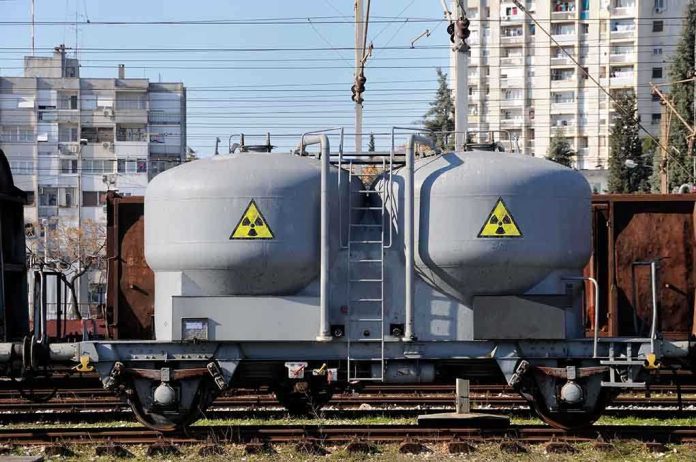
Russia’s decision to end its moratorium on deploying intermediate-range nuclear missiles is a stark reminder of the escalating arms race, heightening global security concerns.
Key Points
- Russia ends its self-imposed freeze on intermediate-range missile deployments.
- Move justified by perceived U.S. and allied actions in Europe and Asia-Pacific.
- Heightened tensions reflect broader U.S.-Russia and NATO-Russia conflicts.
- Potential for a new arms race and greater global insecurity.
Russia’s Policy Reversal Explained
On August 5, 2025, Russia’s Foreign Ministry announced the end of its unilateral moratorium on deploying ground-launched intermediate-range nuclear missiles. This decision is framed as a defensive response to the United States and its allies, who are allegedly developing and deploying similar weapons in Europe and Asia. This marks a significant escalation in global arms competition, reminiscent of Cold War tensions.
Russia’s move follows the U.S. withdrawal from the 1987 Intermediate-Range Nuclear Forces (INF) Treaty in 2019, after accusations of Russian violations. Despite maintaining a moratorium since then, escalating military posturing and diplomatic standoffs have prompted this policy shift. The absence of clear deployment timelines adds to the uncertainty and potential for new tensions.
Historical Context and Current Concerns
The INF Treaty, a milestone in arms control, was originally signed to eliminate an entire class of nuclear missiles and reduce tensions in Europe. The U.S.’s exit from the treaty in 2019, citing Russia’s 9M729 missile development, has led to the current deteriorating relations. Russia’s assertion that U.S. and NATO actions justify their policy change highlights the ongoing strain in these international relationships.
Current developments suggest an increased military presence and readiness by both Western and Russian forces in strategic areas. While Russia cites Western encroachment as a rationale for its actions, the U.S. and its allies argue their deployments aim to deter aggression, creating a complex security environment in Europe and the Asia-Pacific.
Potential Implications and Responses
The immediate consequence of Russia’s announcement is heightened military tension and the risk of escalation in Europe and Asia-Pacific. The potential deployment of new missile systems by both Russia and NATO allies could lead to an arms race, further destabilizing these regions. This development poses serious implications for global security and the arms control architecture.
In the long term, the erosion of arms control norms and the potential for a new arms race could increase instability in U.S.-Russia and NATO-Russia relations. This scenario raises concerns over the future of non-proliferation regimes and the potential breakdown of existing treaties.
The broader impact includes potential economic, social, and political repercussions, such as increased defense spending and political polarization among NATO/EU member states. The defense industry may see growth opportunities, but the risks of social anxiety and anti-nuclear activism in potential deployment areas remain high.
Sources:
Russia ends moratorium on missile deployments
Analysis of arms control breakdown












